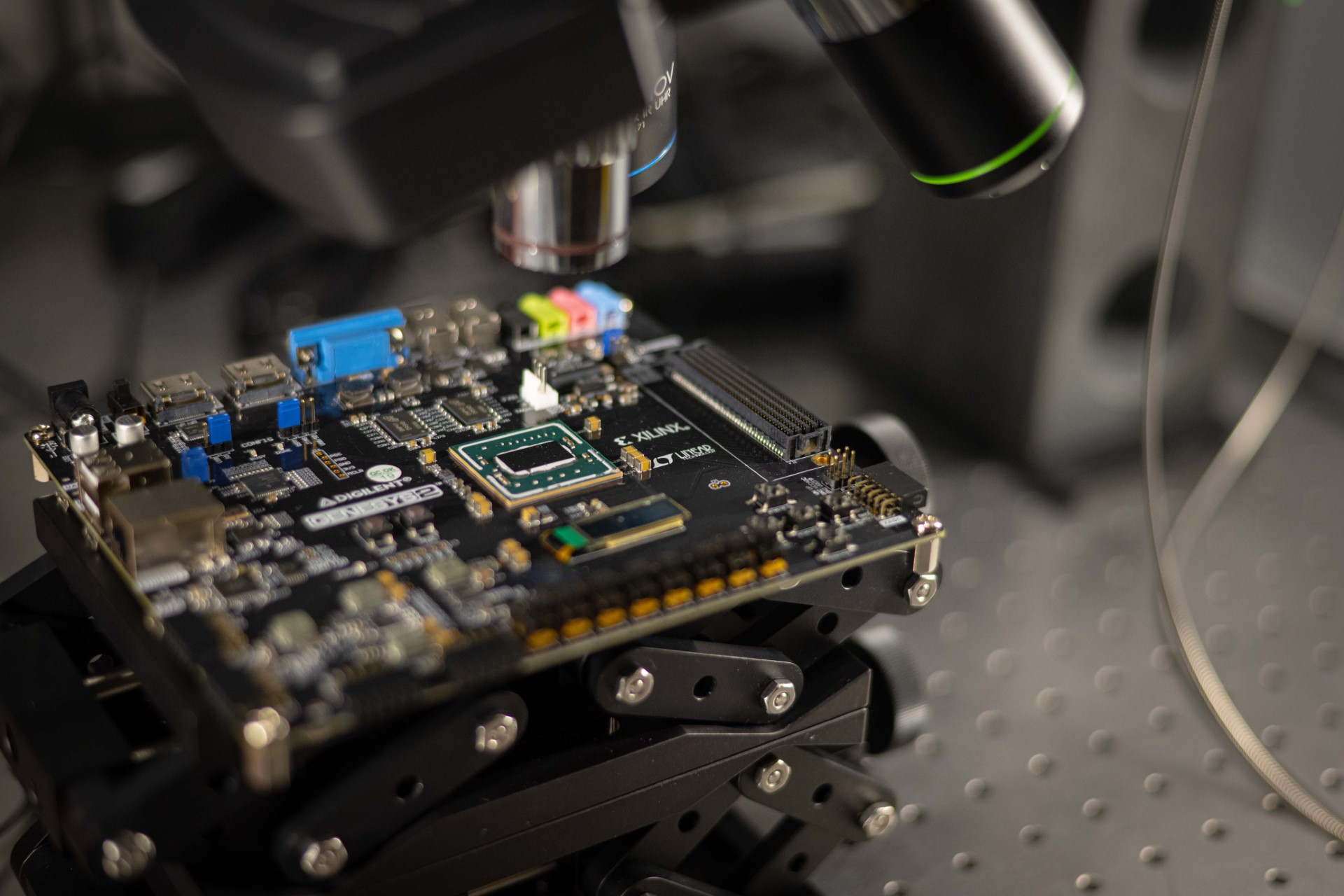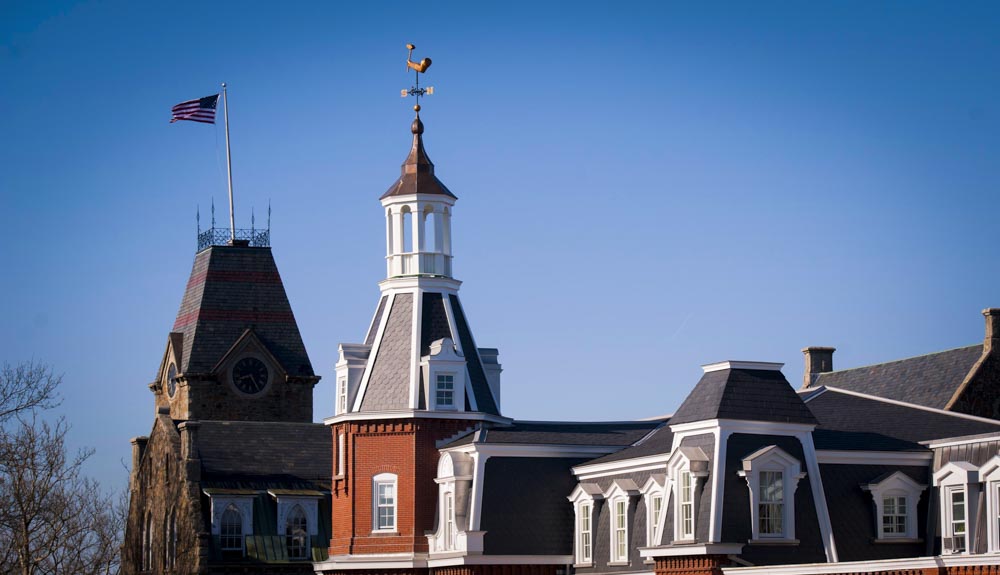In recognition of an innovative and entrepreneurial business spirit, a team led by Professor Taskin Padir, assistant professor of robotics engineering/electrical and computer engineering, recently received WPI’s $25,000 Kalenian Award for a project Padir hopes will someday make life easier for those with cognitive or physical disabilities.
The competitive award is often used to further research and bring products or innovations that have the potential to benefit the larger society closer to market. Padir’s team is focusing on helping people with such disabilities interact with assistive devices that not only make tasks easier but that also anticipate their needs.
Officially titled “Electromyography Input Interface: Enabling Intuitive Operation of Assistive Robotic Platforms,” Padir’s work puts research and technology innovation into real use. The high-bandwidth EMG technology allows users to interact more efficiently with an assistive device so any process is faster and more accurate.
Information collected from sensors that record activities of daily life (getting meals or brushing teeth), develops into a finely detailed algorithm, says Padir. As the person uses the device and more information is recorded, an assistive device can be uniquely tailored to more or less predict what a person needs. As Padir explains, although it won’t read someone’s mind, the device will accurately estimate an individual’s intent. “This can help an individual interact with a device in a smoother way,” he says. “This is a small step in a big vision.”
Receiving the award means the team can bring the project closer to real use. “There are others who are using similar approaches,” says Padir, “but we think the customizing ability of the sensor system makes it unique. We see the Kalenian Award as an enabling award to improve the prototype and results with solid research,” he says. Eventually, they will seek funding from national sources like the National Science Foundation, but the award offers validation. “It’s reassuring that they looked at the project and saw the value in it,” says Padir. “It gives us confidence.”
The Kalenian Award is given in honor of the late Aram Kalenian ’33, an inventor and founder of Vee Arc Corp. It was established by Aram’s wife, Alba, in 2006. Twenty-two applications came in this year, five of which advanced to the short list, says Gina Betti, associate director of WPI’s Collaborative for Entrepreneurship and Innovation.
Aram’s son, Paul, decides who receives the final award. He says many applications had great merit, but the winning project exemplified his father’s outlook. “His concept was that a WPI education is best utilized by inventing, patenting, and employment,” says Paul Kalenian from his home in Santa Fe. He believes in paying it forward when it comes to funding worthy projects, and says he hopes that pattern is continued with each award. “If things work out well for a recipient,” he says, “I’d like to see them come back to WPI in five or 50 years and say, ‘The reason I made it in this world is because of this and I want to do the same thing.’”




